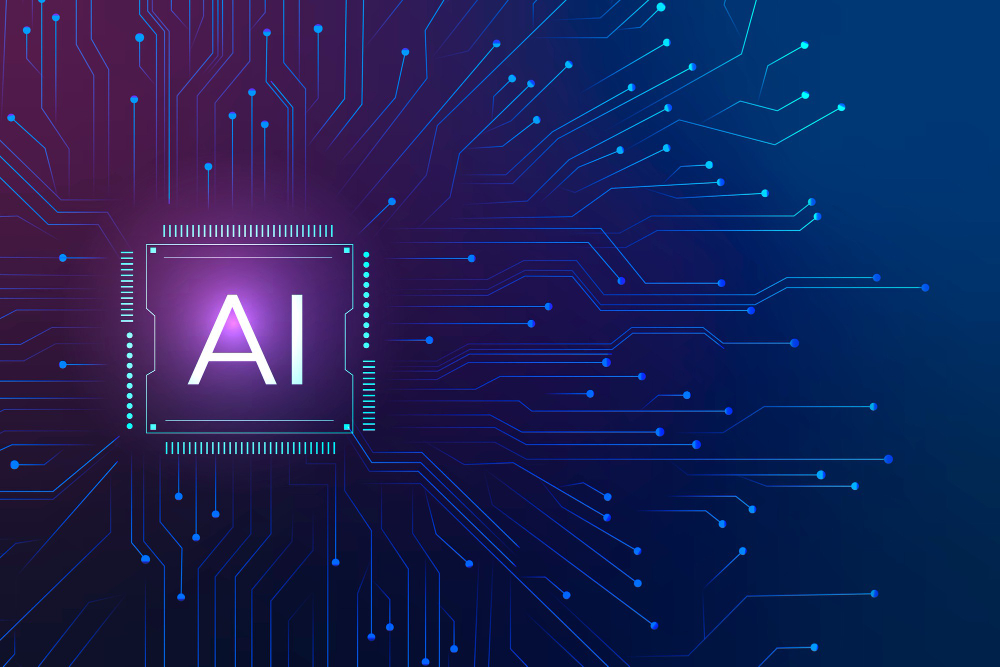Trends like the Internet of Things, 24/7 business cultures and evolving technologies mean that the way that people work is changing rapidly, and businesses are increasingly sharing resources and collaborating in order to get ahead. Some are unaware of the role remote access plays within these developments, when it often acts as the backbone.
With this in mind, RealVNC has outlined some of the most prominent ways that remote access tools will impact businesses in the next 12 months.
1. Remote access will accelerate breaking down business silos
Businesses across a wide range of sectors are recognising the competitive advantages of information and resource sharing, and leaders are seeing more collaborative business environments emerge.
This is essential in today’s very competitive markets. Together with other technologies, real-time screen-sharing technology is transforming office activities that are often inefficient, such as training, remote working and sharing resources. Staff are becoming empowered to access resources and talent from the whole business, regardless of location.
>See also: Flexible working is the path forward
For example, construction firms such as Arup are using remote-access technology to facilitate a resource sharing and staff training revolution. They enable engineers and other experts to ‘remote into’ systems, apps and devices to share resources and help and train colleagues in distant offices, from anywhere.
Screen-sharing technology allows employees to participate in secure remote, real-time support or training from department experts in any location, and enables staff to ‘remote in’ to office PCs or servers from laptops, tablets or even mobile phones. With traditional business silos breaking down, companies are able to maximise their capital investments and reduce ROI, while removing traditional corporate barriers that hamper business efficiency.
Companies will increasingly solve problems and develop innovations by crowd-sourcing the best information and skills from the best sources across the organisation. Using remote access to facilitate this means that its past reputation as ‘just an IT support tool’ is beginning to fade, because it can enable collaboration across an entire organisation.
2. Businesses will demand tools to operate responsibly in an interconnected economy
The interconnectivity of different businesses within a larger ecosystem is developing real momentum. It is quite normal to see businesses in shared office space, or using shared storage space with cloud computing.
Companies can no longer operate in isolation or they risk being-left-behind within an increasingly competitive and shared ecosystem. As this trend progresses, tools to work with partners, or to help customers must become more creative, without compromising security.
A greater need for connecting business processes to partners, suppliers and customers, means that tools like remote access will be called upon to deliver secure connectivity between businesses and directly with customers.
For example, businesses can use remote access to allow service providers or vendors to access their systems in a controlled and secure fashion, ensuring system are tuned, updated and resistant to downtime risks.
>See also: Mobile technology: giving CIOs peace of mind
In another scenario, organisations can grant their customers remote access to resources such as training and test environments. This virtually eliminates the expense and cost of training travel while improving customer service.
Managed service providers can also use this connectivity strategy to securely access their customers’ IT resources to provide proactive and rapid support. Data centre software company iQuate, for example, is using remote access technology to enable customers to access their training servers remotely and securely through encrypted connections.
There are many ways that remote access technology can enable innovation in an interconnected business environment. In another example, the medical sector could use the technology to support remote training.
A trainee doctor could remotely access an MRI screen, while the consultant talks through the scan. Scientists from different teams and partner businesses could remotely monitor experiments and critical system from anywhere in the world.
RealVNC have seen strong adoption of remote access as a tool to support collaboration between organisations in technology and engineering companies with high value propositions and mission critical software infrastructure. It is also true in highly competitive retail applications where increasing consumer loyalty and engagement is a business priority.
3. Businesses will need to adapt to an increasingly on-demand, real-time world
In both people’s business and private lives, they have a growing expectation for on-demand access to information and resources. It is no longer acceptable for the content people receive to be delivered in anything other than real-time.
This expectation is driven by advancements in database and software applications, and the availability of super-fast networks including 4G, and soon 5G. The on-demand economy is growing – consumers today want their needs to be met instantly and expect businesses to be ‘always on’. The expectation will only increase with emerging artificial intelligence, virtual reality and machine learning technology.
>See also: Reimagining the workplace: how the office is changing
In the next 12 months, remote access will have a vital role to play in supporting our real-time world. By its very nature, remote access enables business to see and control geographically distributed devices in real-time.
Employees and IT staff are increasingly using remote access maintain and service their critical IT estates, even on devices that do not have the software pre-installed.
As organisations feel more pressure to meet the expectations of a real-time economy, having a reliable way to deliver real-time support and management across an ever-growing range of devices and applications will be key to survival for a lot of businesses.
4. There will be a growing emphasis on active management of security and compliance
Security is a major concern for all businesses today. Recent large-scale hostile attacks on corporate assets illustrate just how exposed some businesses can be, and with the explosion of new devices and users, the security risk multiplies. Securely managing rapidly growing numbers of increasingly complex devices and controlling the people that can access them is now critical to a larger security strategy.
A secure remote access platform plays a big part in mitigating the risk that comes with distributed devices, and in the next 12 months there will be more demand for end-to-end encryption and multifactor authentication from businesses demanding a safely-managed device estate.
With the proliferation of privacy regulations like General Data Protection Regulation (GDPR) and industry specific compliance requirements such as PCI DSS and HIPAA, controlling access to data and resources is increasingly important.
>See also: Technology is ready to define the future of the workplace
A secure remote access strategy can help to ensure that only authorised individual can access restricted information. Seeking out tools with robust security standards that specifically address the compliance considerations relevant to your industry, should therefore be a priority.
Remote access will be increasingly used to centrally manage a distributed estate of diverse devices, reducing the number of people involved in the device maintenance and management process and limiting the need for onsite support. An audited central management strategy mitigates the security risks inherent with large support teams, while actually lowering maintenance costs, improving uptime and enhancing estate efficiency.
5. More businesses will integrate remote access capabilities ‘under the hood’
Just as the adoption of remote access is increasing within and between companies to benefit from improved business efficiency, RealVNC is seeing a significant trend in the integration of remote access software directly into products.
This OEM integration model is part of the growing IoT phenomenon, providing high value products with real-team connectivity to reduce the cost of maintenance, improve support efficiency and enhance customer service.
One good example are aging ATMs that have been in operation for many years. Financial institutions are dealing with legacy systems where the support for old operating systems has ceased.
>See also: The first step in bringing virtual reality to the workplace
This is creating a bubble of operating systems that are out of date, impeding applications, and it’s creating a situation where upgrades are extremely expensive, demanding hours of onsite service time.
Microsoft discontinued support of Windows XP in April 2014, yet many ATMs are still running this old OS without the benefit of the latest security patches. This is expensive and opens them up to a range of vulnerabilities.
To address this situation, the banking sector is starting to put remote access capabilities directly into ATMs for remote diagnostics, management and central OS upgrades. And, they’re using it for more than remote maintenance and system upgrades. Real-time remote access can support customers with on-screen annotation and advice, improving the customer experience by putting the human element back into automation.
A secure remote access strategy is helping financial institutions reduce the cost of operating their ATM estates through more efficient central management and fewer onsite service calls, while improving customer service at the same time.
This trend extends well beyond the banking sector. There is a growing trend for the integration of real-time remote access into a wide range of “smart” devices to cut the cost of management and support. Other sectors include retail, fleet management, manufacturing, consumer electronics and healthcare; any environment with valuable devices that demand high uptime and reliable operation.







